Follow the footsteps of the ancient caravan route of the Route des Rois and discover not after the natural and historical treasures of Jordan!
Along the famous Route des Rois, Jordan Trail offers an exceptional hike, probably one of the best in the world. This trail runs along the western face of Jordan! Offering a total of 40 days of hiking over 650 kilometers, it is divided into nine parts. Each one runs in 4 to 6 days. It is thus possible to choose the parts that interest us most and thus to compose the itinerary of our dreams!
This beautiful adventure leads to some of Jordan's most beautiful natural, historical and cultural wonders. From canyons to mountains, from the desert to medieval castles, to picturesque villages and Bedouin camps, all the country’s wealth is spreading in front of us!
A journey between valleys and canyons
Gadara and its green hills
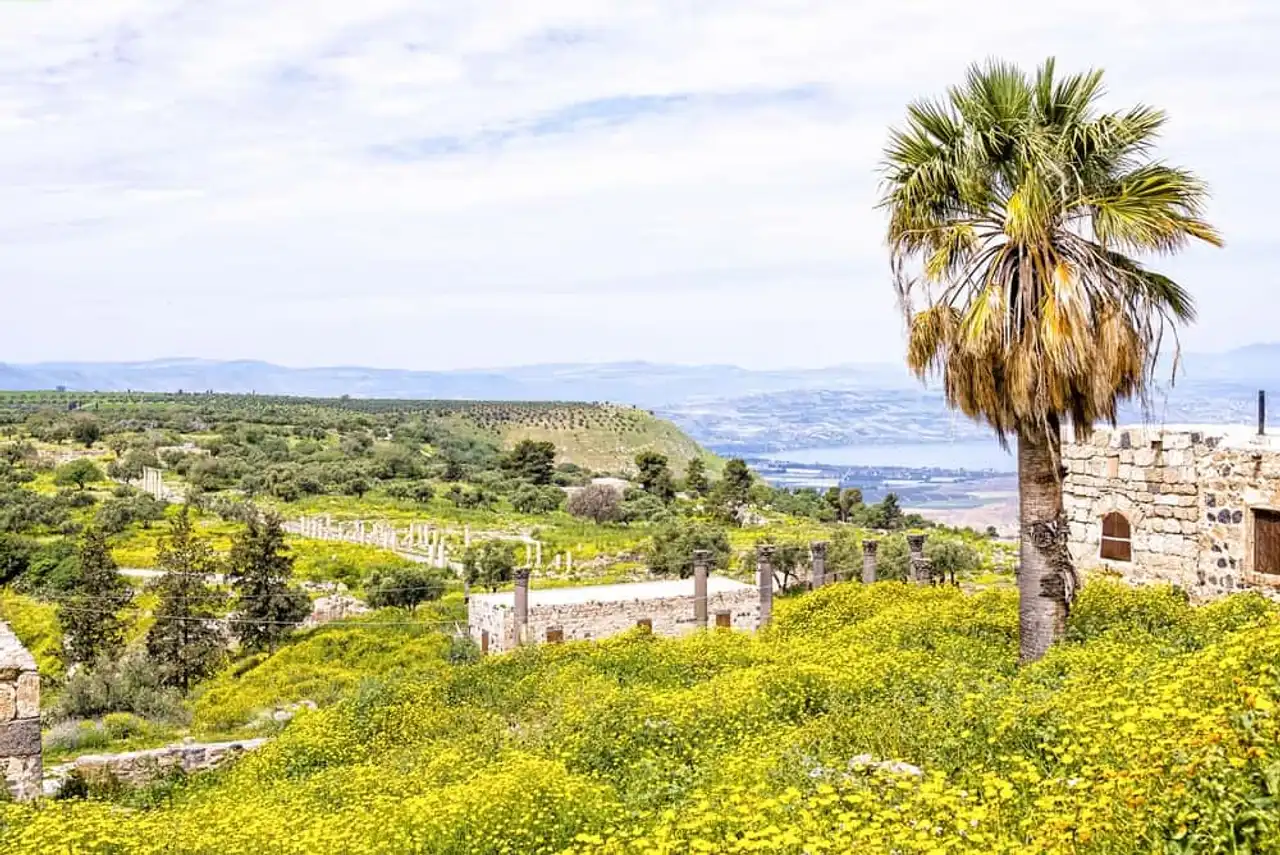
Photo credit: Shutterstock – Francesco Dazzi
The Jordan Trail starts in the city of Umm Qais, not far from the remains of Gadara, an ancient Greek city not to be missed! The path to Ajloun crosses the greenest part of Jordan.
Roman cities, centenary olive trees, caves and hot springs are some of the treasures that will try your way. In Ajloun you can admire a beautiful Muslim castle dating from the 12th century.
Scenic village in picturesque village
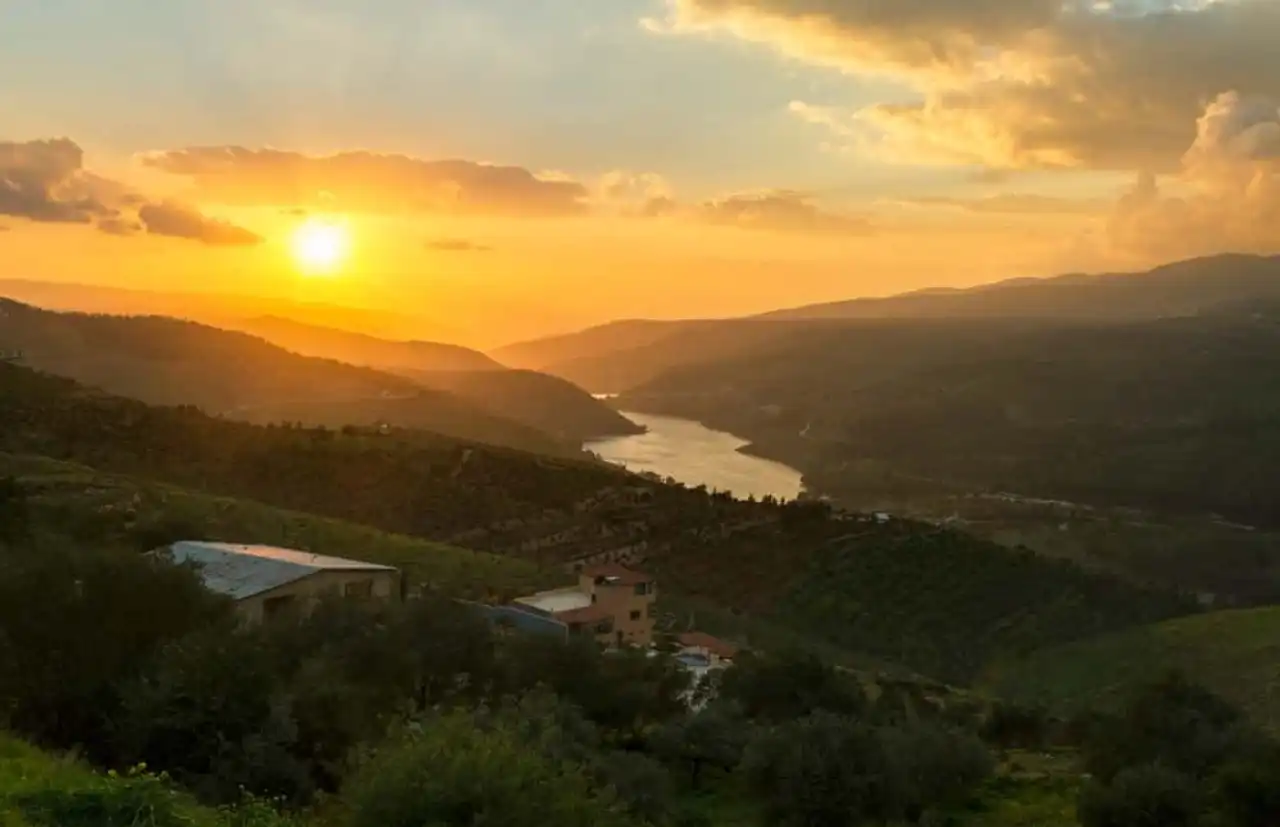
Photo credit: Shutterstock – Ayman alakhras
The hike passes through the charming village of Burma, before descending to the King Talal Dam. Travellers will enjoy an incredible view of this artificial lake caught between two wooded shores. She then follows the rich agricultural lands to the village of Rmemeen, both Christian and Muslim. In four days, we finally got to Al-Salt.
D’Al-Salt au canyon de Wadi Wala
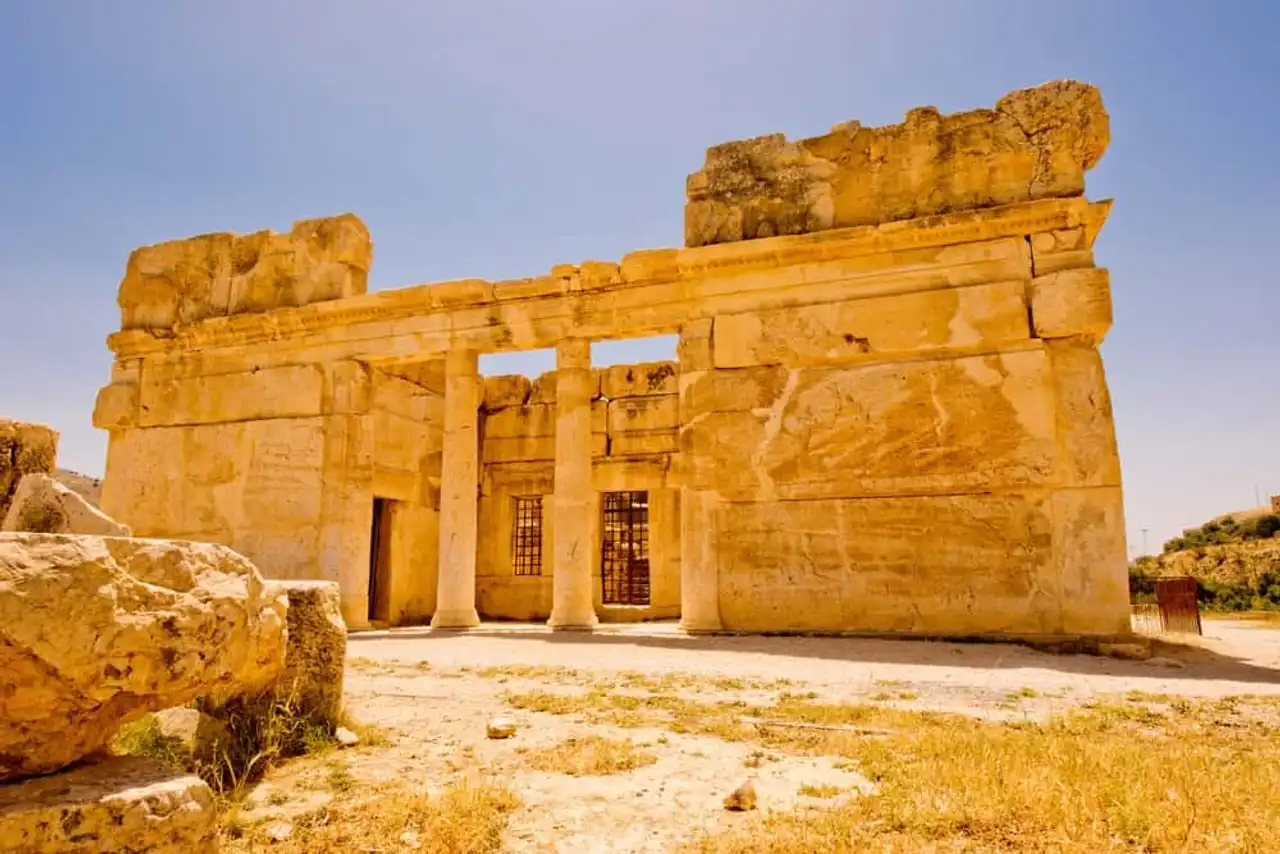
Photo credit: Shutterstock – Anton_Ivanov
The trail from Al-Salt first runs along a unique archaeological monument: the castle of Iraq al Amir, which dates from the second century BC! He then descended on the spectacular road of King Hussein to the Jordan Valley. The climate and landscapes start gradually to change, becoming increasingly dry.
The hike then joined an ancient Roman road to the footsteps of the Jewish fortress of Machéronte, built in the 1st century BC. The path finally descends through the basaltic cliffs in the canyons of Wadi Zarqa Main and Wadi Wala.
The Three Wadis and Al-Karak Fortress
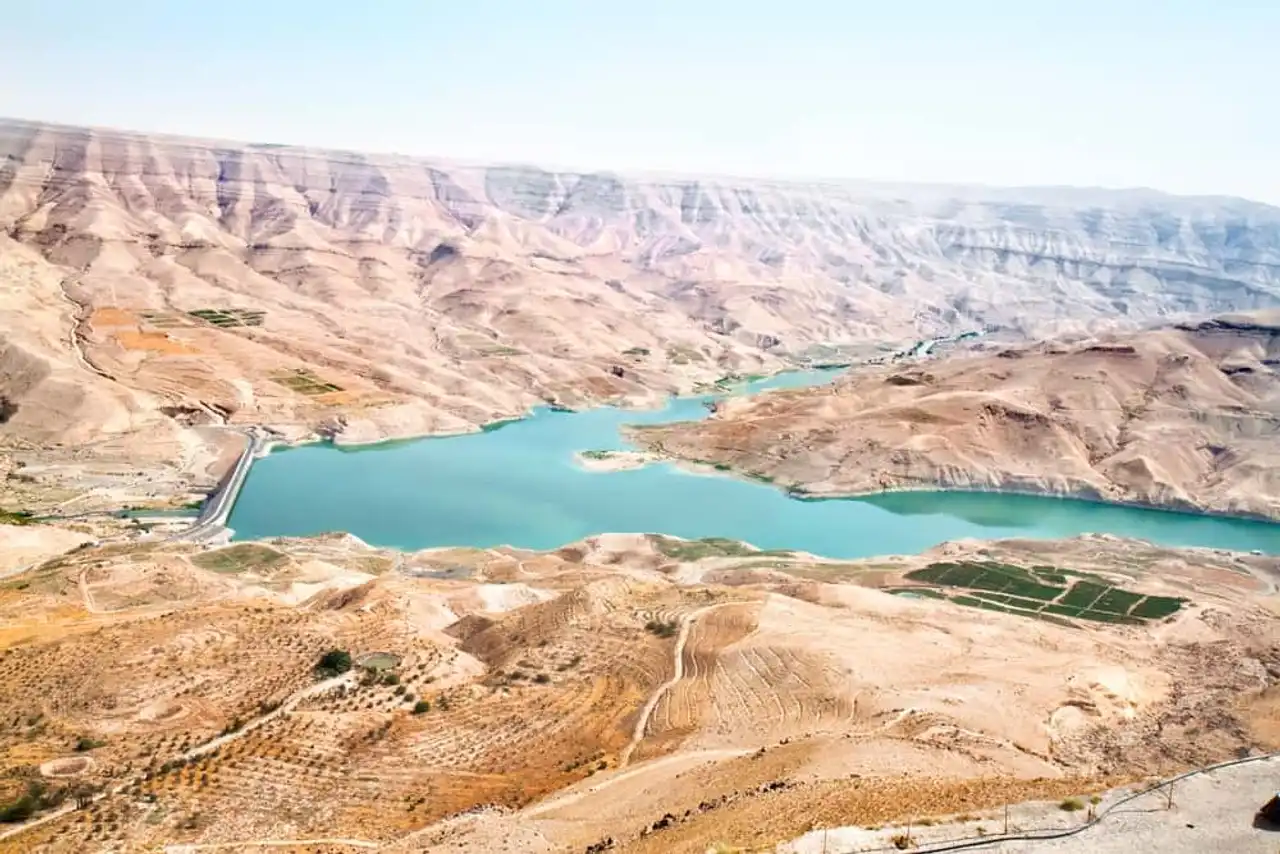
Photo credit: Shutterstock – Aleksandar Todorovic
South of Wadi Wala, you will find the Three Wadis region. During this hike you will enjoy a breathtaking view of the Wadi Hidan and above all on the Wadi Mujib. The latter is known as the Grand Canyon of Jordan!
After discovering it, you advance to the ruins of Magdelina and then enter high plateaus and canyons. Quickly, the trail leads you to the imposing Kerak of Moab, overlooking the surrounding landscape. This castle dating from the Crusades is a great example of architecture of this time: a sublime blend of European, Byzantine and Arab style.
The desert is no further!
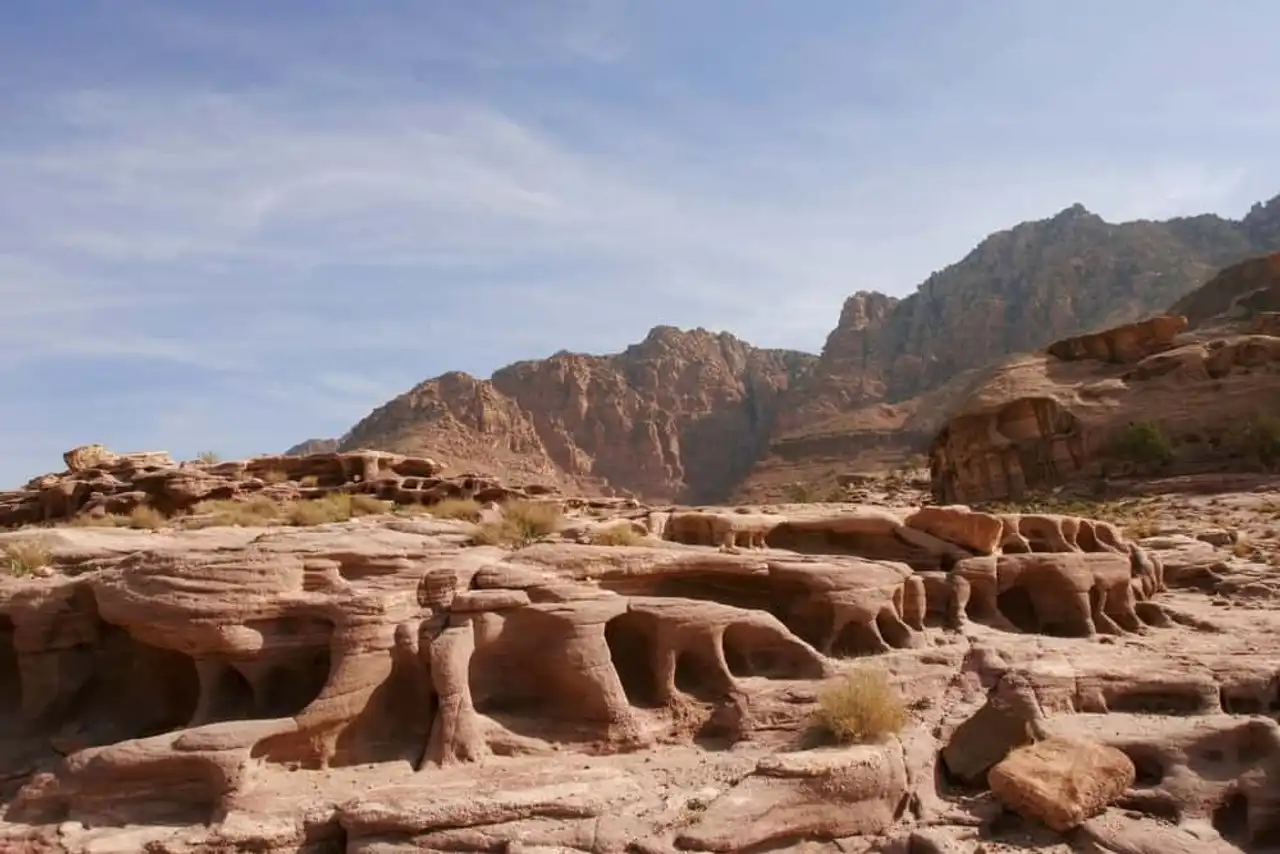
Photo credit: Shutterstock – Sergio Ponomarev
The Jordan Trail then leads the travellers to a fertile plain, where orchards and olive groves try the way. You will discover along the cliffs, typical villages. Suddenly, the impressive canyon of Wadi Hasa is coming to us!
We then follow a trail between the great limestone cliffs of Tor al-Taboun. From there, we pass in front of Bedouin camps. Back on the plateau, we then reach the Edomite ruins of Sela and Mi’tan. Then it is Dana’s village that presents itself to us. It is then possible to take a little rest before entering the most difficult part of the Jordan Trail.
De Petra in Wadi Rum: a story of a mythical hike
A wonderful hike to Jordan’s most famous site
This part is the most impressive of all Jordan Trail. She has recently been named one of the fifteen best hikes in the world by the National Geographic. The path descends from the mountainous plateaus to the Araba valley. We go up and cross several climatic zones, various ecosystems and hidden in canyons. All is punctuated with spectacular labyrinths, hills and valleys. At the end of this trip, we finally arrive at the legendary city of Petra.
In 1885, the former capital of the Nabateans had several hundred monuments. The majority is cut into cliffs and you will need several days to discover them all!
Through the Wadi Rum Desert
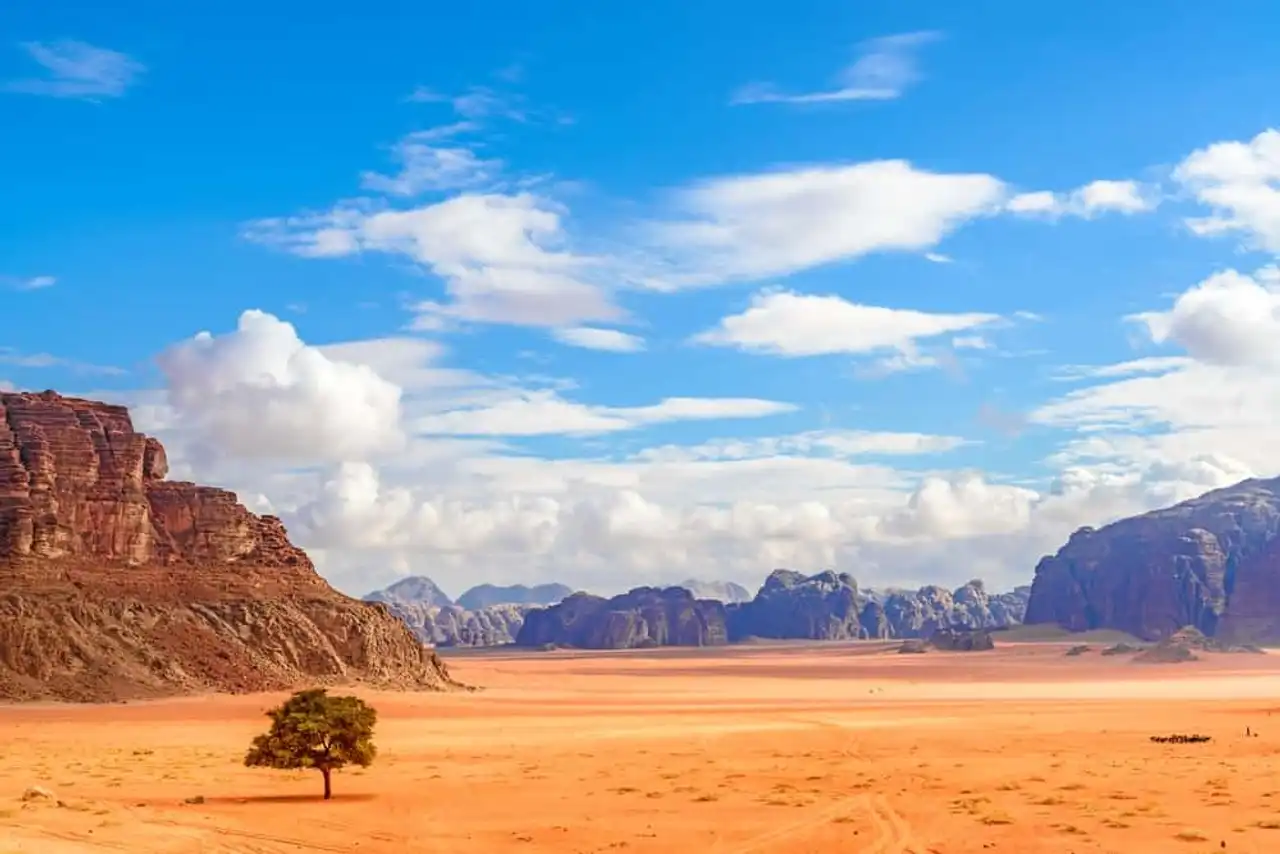
Photo credit: Shutterstock – Hamdan Yoshida
After surveying long and wide the sublime and magical city of Petra, it is time to go towards the fabulous desert of Wadi Rum. It is also listed in UNESCO World Heritage. A one-week hike thus connects the two legendary sites. It crosses one of the longest wilderness areas of Jordan.
In this empty and high altitude desert, you will be alone in the world. Every night you can contemplate the stars and fill you with the absolute tranquility that reigns here. Oases of a bright green sometimes appear, giving our view a striking contrast. We can also enjoy the exceptional hospitality and generosity of the Bedouins, as well as discover some unique vestiges.
Towards the Red Sea and its crystal clear waters
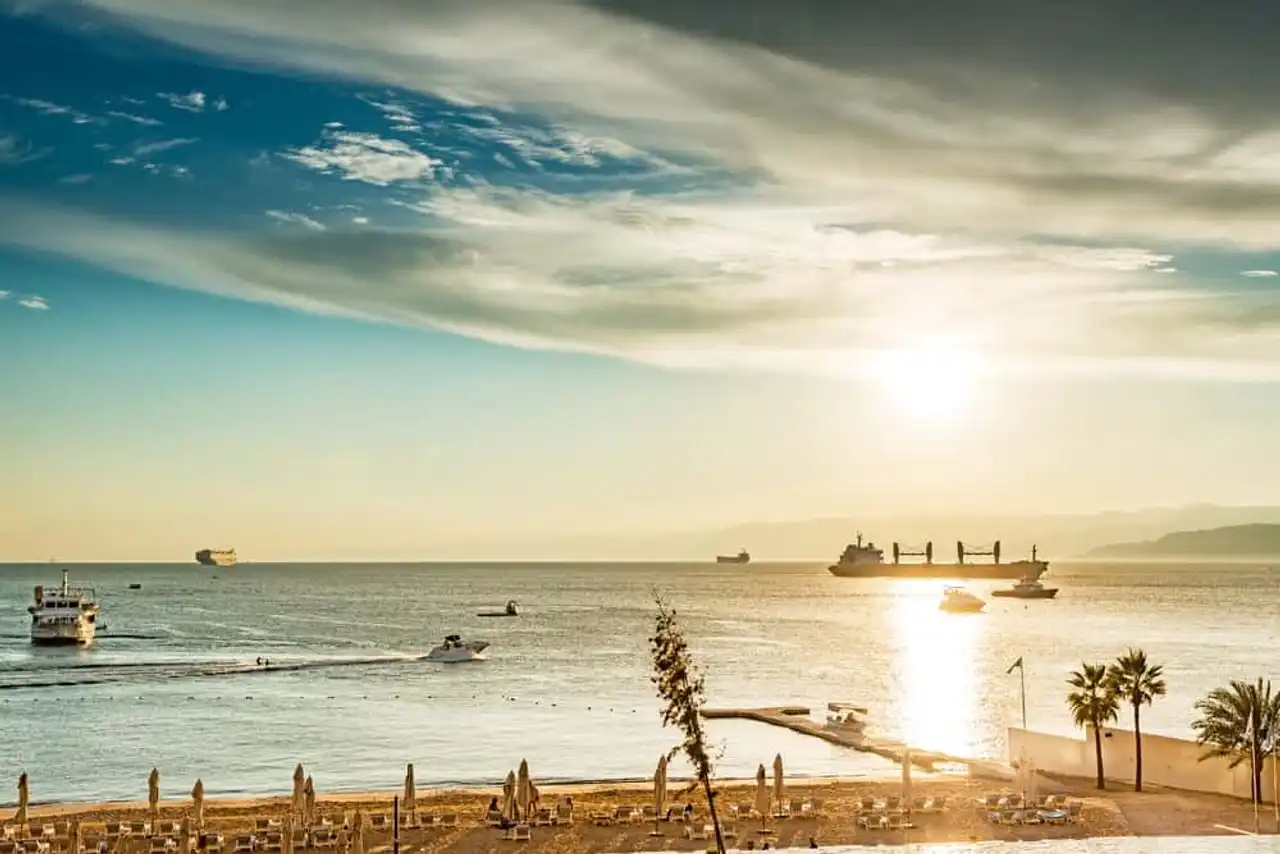
Photo credit: Shutterstock – Hamdan Yoshida
Six small days then separate Wadi Rum from Aqaba. The trail then passes under imposing cliffs: Jebel Rum, Jebel Um Ishrin, Jebel Khazali and Jebel Qattar. Each one presents features, which you will have the pleasure of admiring during your adventure. We finally arrive at the Bedouin village of Titen.
From there, the hike follows ancient shepherd trails, in the middle of the desert and granite mountains. And then suddenly, the Gulf of Aqaba and the Red Sea take place in front of our eyes. A few more crowds and we finally get close to warm and welcoming waters. This is the end of Jordan Trail!
How to travel the Jordan Trail?
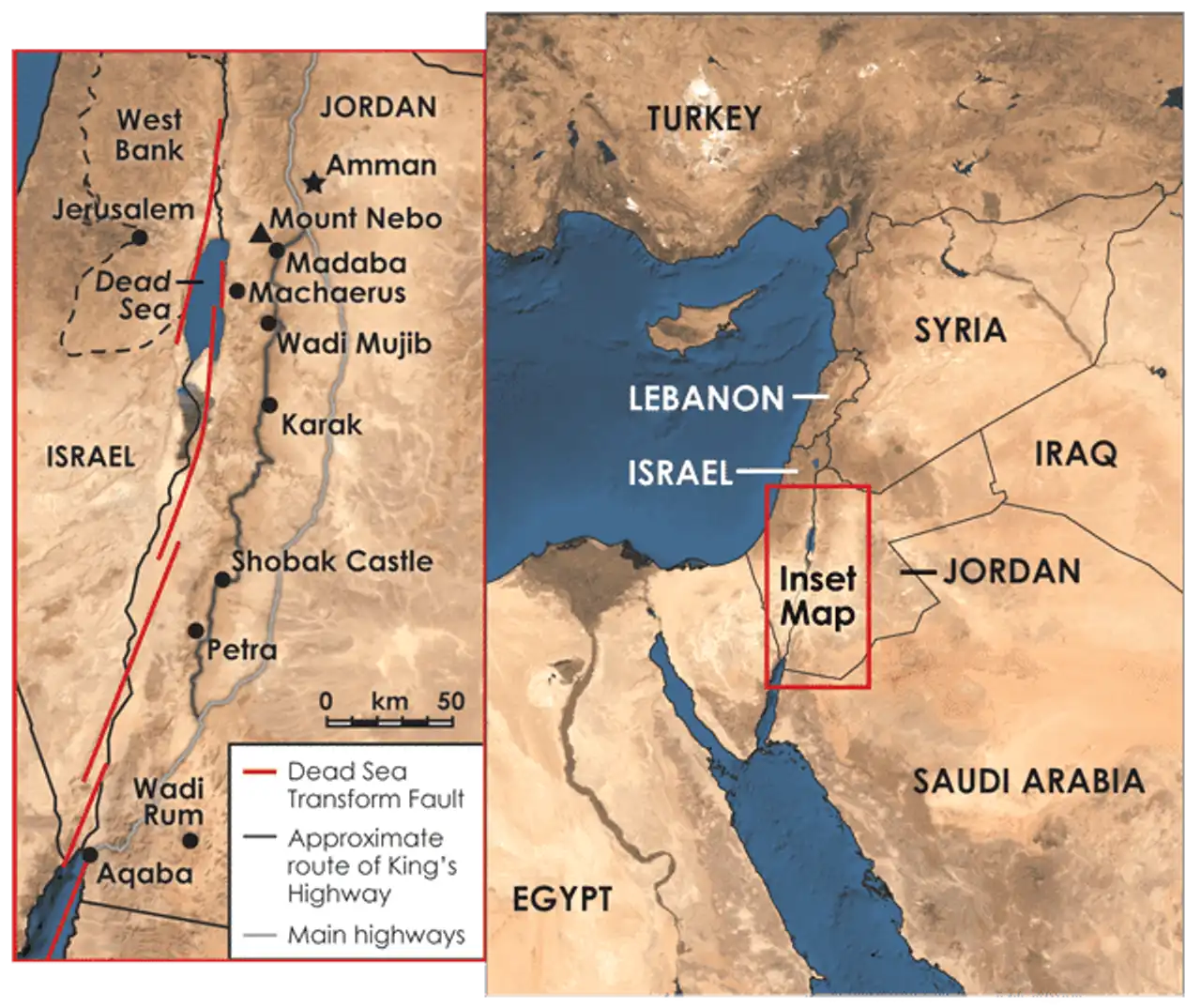
Photo credit: Earth Magazine
To reach any stage of Jordan Trail, we recommend to land in Amman, the capital of Jordan. From this, you can take a taxi to your starting point. If you don't want to travel a part of the trail, you can perfectly take a taxi between two steps.
When?
The trail is ideally found in spring (March and April) and autumn (October and November). It is also important to know that the north is cooler than the south. Hiking from May to September is not recommended, especially in the desert.
At what price?
For your trip along the Jordan Trail, you must plan at least 100 to 120€ of taxi fees, 11€ for entry to the Dana Biosphere Reserve and 65€ per day in Pétra. If you pass through the Jordanian desert, water delivery by a guide is mandatory. Provide at least 60€ per person for about 15 days of trail. In addition to this are the nights in hotel or camping, as well as all the various fees: food, restaurant, drinks, etc.
Some tips before getting started
Jordan Trail is aimed at experienced practitioners who have the habit of this type of adventure. It is essential to contact a person Local guide before you start. The trail is sometimes poorly indicated and the network connection is often non-existent. It is therefore necessary to be well equipped to survive in the middle of nature. The hikers will have to plan food for several days, water , one GPS and one map and one survival kit .
We also recommend testing your equipment before making the Jordan Trail. If it is possible to find options to sleep along the path, it is better to anticipate a tent and equipment to camp. You have to plan for good shoes and one hiking bag . Your clothes must also be adapted for each step. Nights can be cold and in the day, the sun must be protected effectively. Also plan batteries to charge your phone.
You also have to wait not to cross many hikers and so you have to rely on your guide and your companions. A guide is essential to restock water throughout the journey. Indeed, it is not uncommon for the sources indicated on the charts to be tary or unsafe. Don't worry, however: the Jordan Trail is known as a secure one. Just be well prepared to enjoy an extraordinary and unforgettable adventure!
For more information, you can visit the official website of Jordan Trail and its section “ Plan Your Trip " The site is in English only.
Other wonders of the region
We have already mentioned many beautiful sites to visit and admire throughout the Jordan Trail. However, there are some other wonders to be discovered and not on this path. Among them are:
Amann
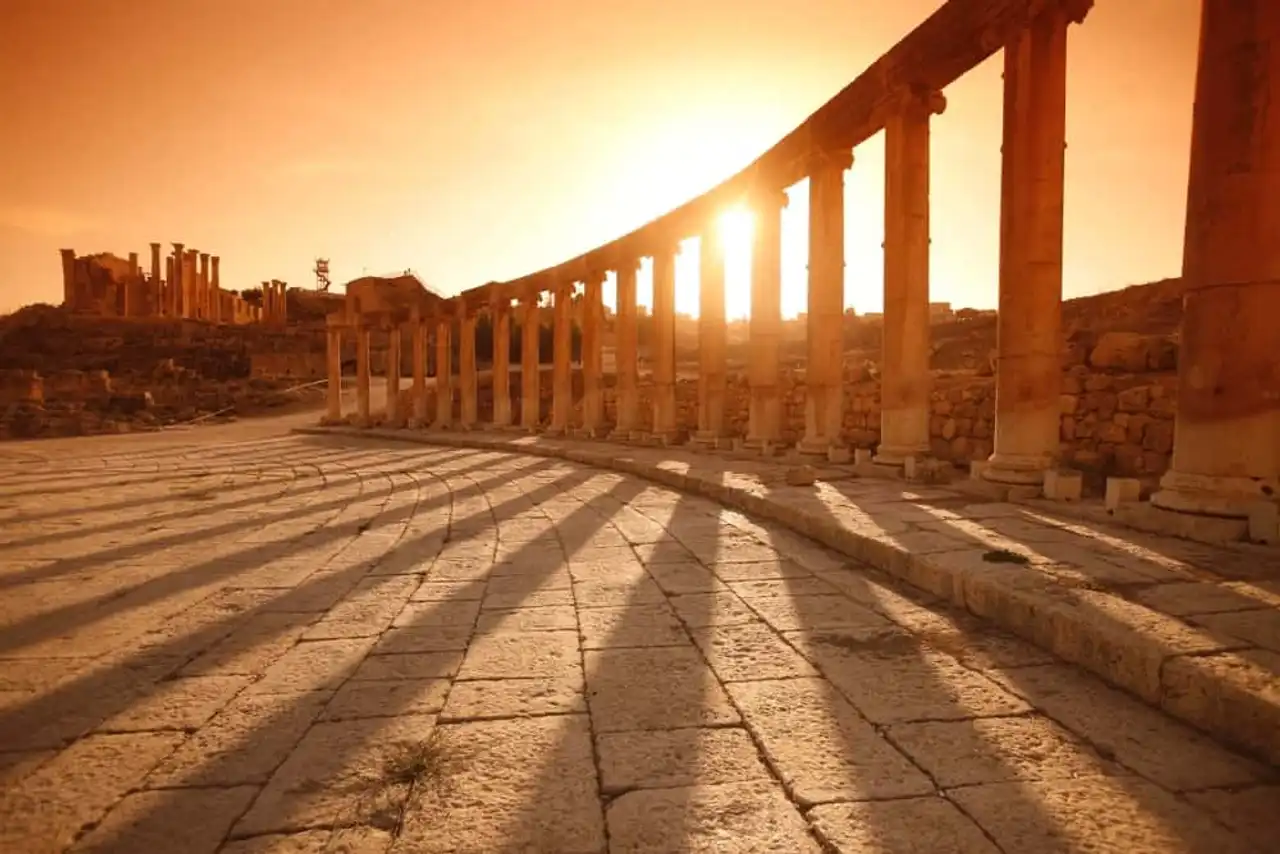
Photo credit: Shutterstock – amnat30
The Jordanian capital is one of the oldest cities in the world still inhabited. Amman is thus tested with historical vestiges and sites, such as the Abu Darwish Mosque or its immanquable citadel. Also visit the Roman theatre, discover Jordanian culinary specialties and explore its souks to imbue you with its unique atmosphere!
Jerash
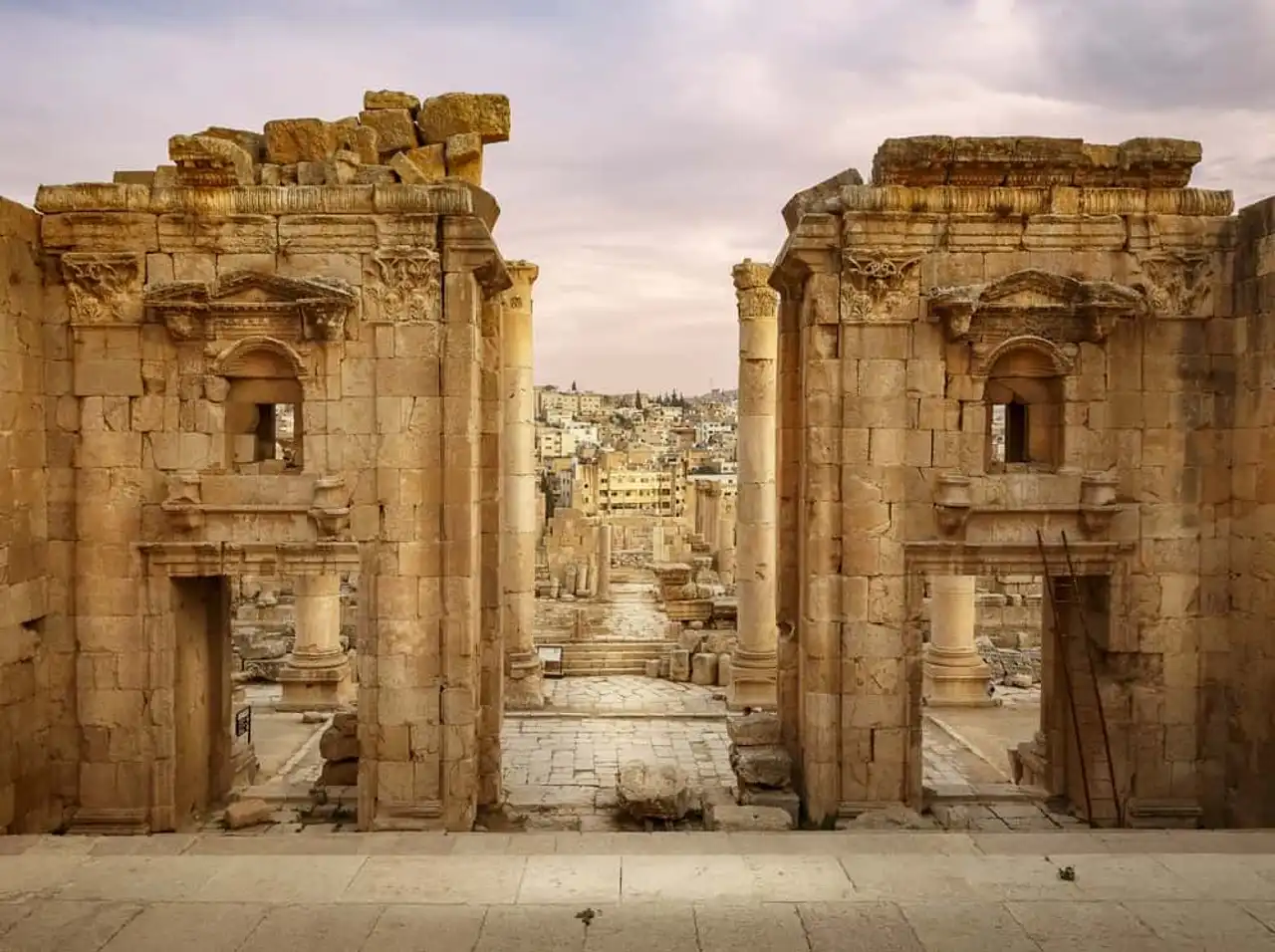
Photo credit: Shutterstock – Ganna Glushakova
Not far from Ajlun, you can visit this ancient Greco-Roman city, probably the best preserved in the Middle East! This ancient Gérasa was thus part of the Decapolis, a group of ten Greek colonies mentioned in biblical writings. Today, visitors can admire extraordinary vestiges, such as the Hadrian Arch, the temple of Zeus, the theatre or the hippodrome.
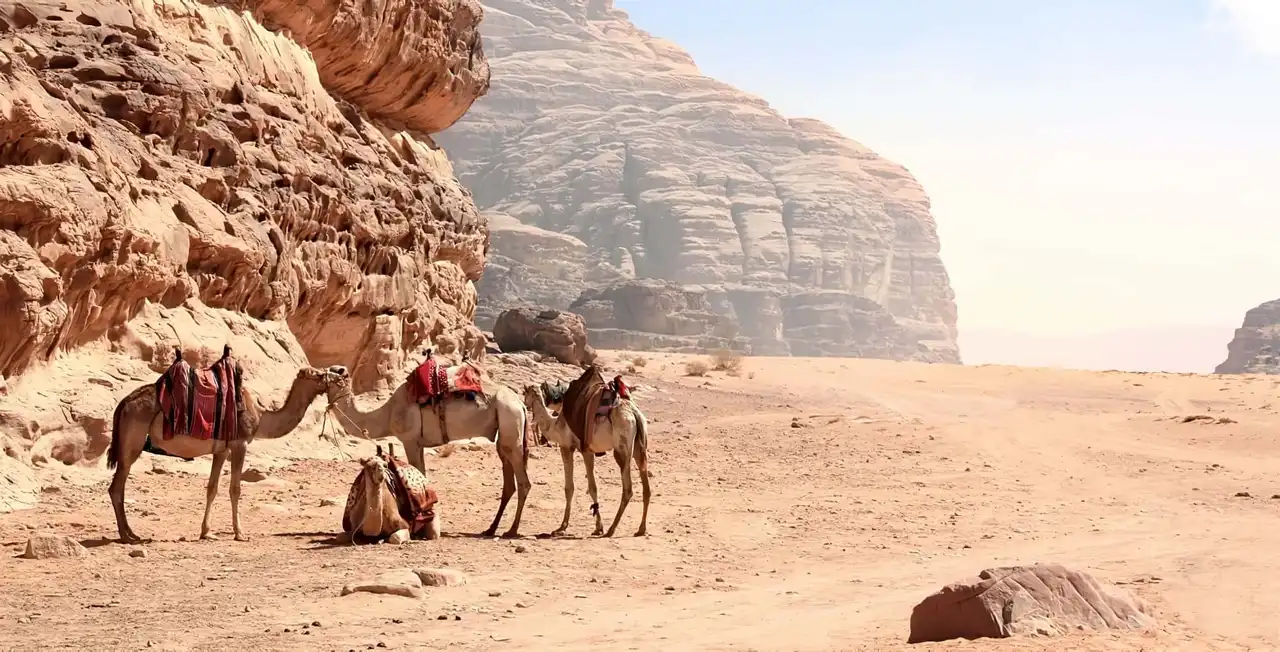




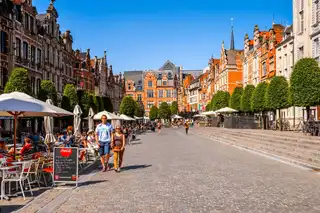
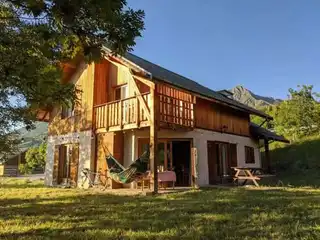
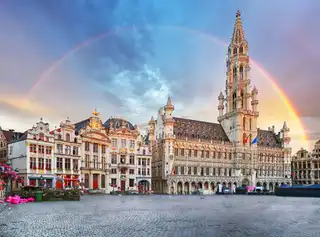
Loading comments ...